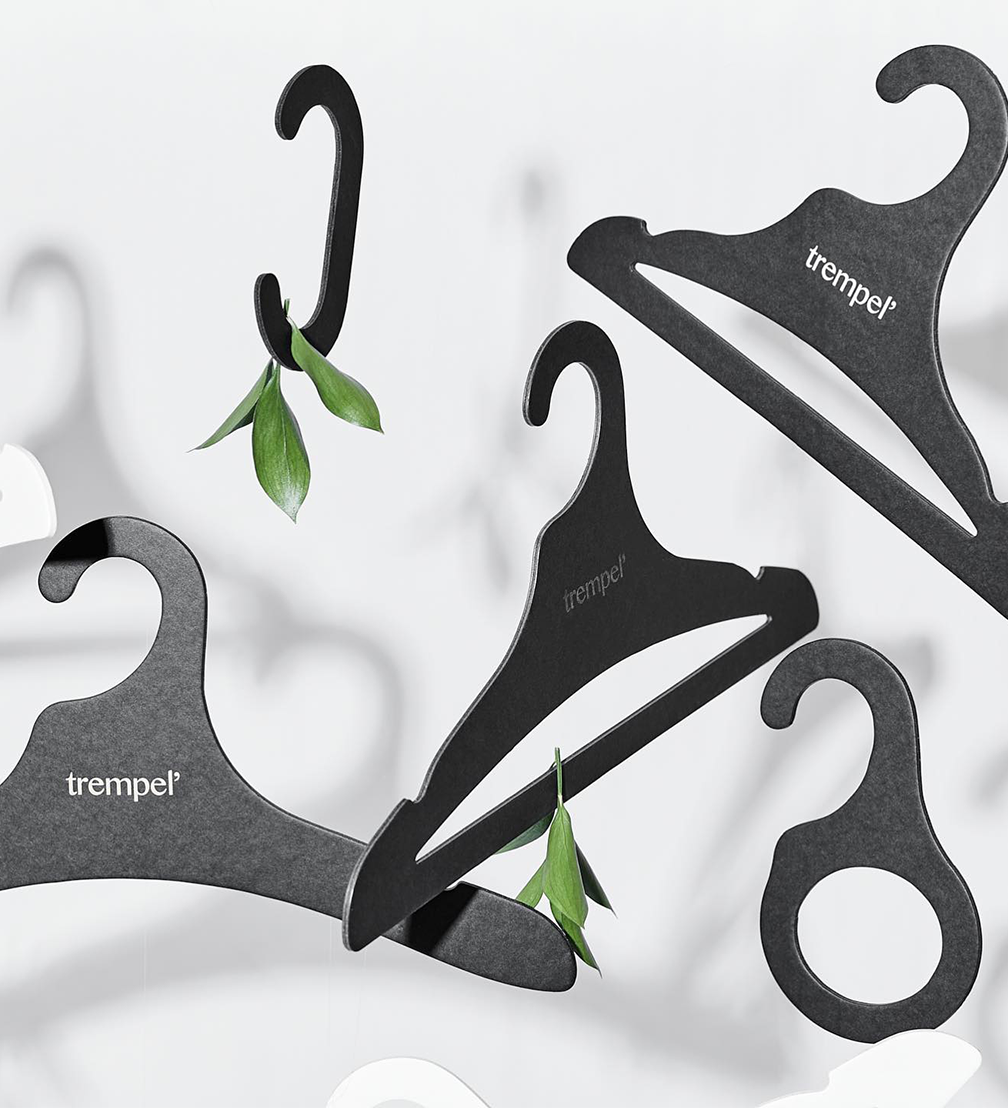
Each year, tens of billions of used clothes hangers, mostly made from plastic, are discarded worldwide. Designer and founder of Trempel brand Aleksandrs Bobrovs offers an alternative product — high-quality hangers made from recycled cardboard and produced in Ventspils. Not only are they more environmentally friendly, but they also save space in store warehouses and on display racks. Furthermore, as Aleksandrs notes, Trempel is designed to be the «mercedes» of clothes hangers — the design is crafted to complement the atmosphere of high-end shops.
Designer Aleksandrs Bobrovs graduated from the Product Design Department of the Art Academy of Latvia (AAL) and later from the Environmental Art Department. Since childhood, Aleksandrs knew that he wanted to study at AAL, and once his dream was realised, he had to consider what to do next. In 2011, after graduating from the Product Design Department, he co-founded an industrial design studio with fellow students, but there was little demand for it at the time. Manufacturers did not see added value in design, and the ideas rarely materialised into tangible products, so Aleksandrs wanted to create something of his own. Upon completing the studies at the Environmental Art Department, the designer developed a project for the Ventspils promenade as his thesis. Through his own initiative and convincing the local government, the promenade was brought to life, and Aleksandrs invested the earnings from the project into starting the Trempel company.
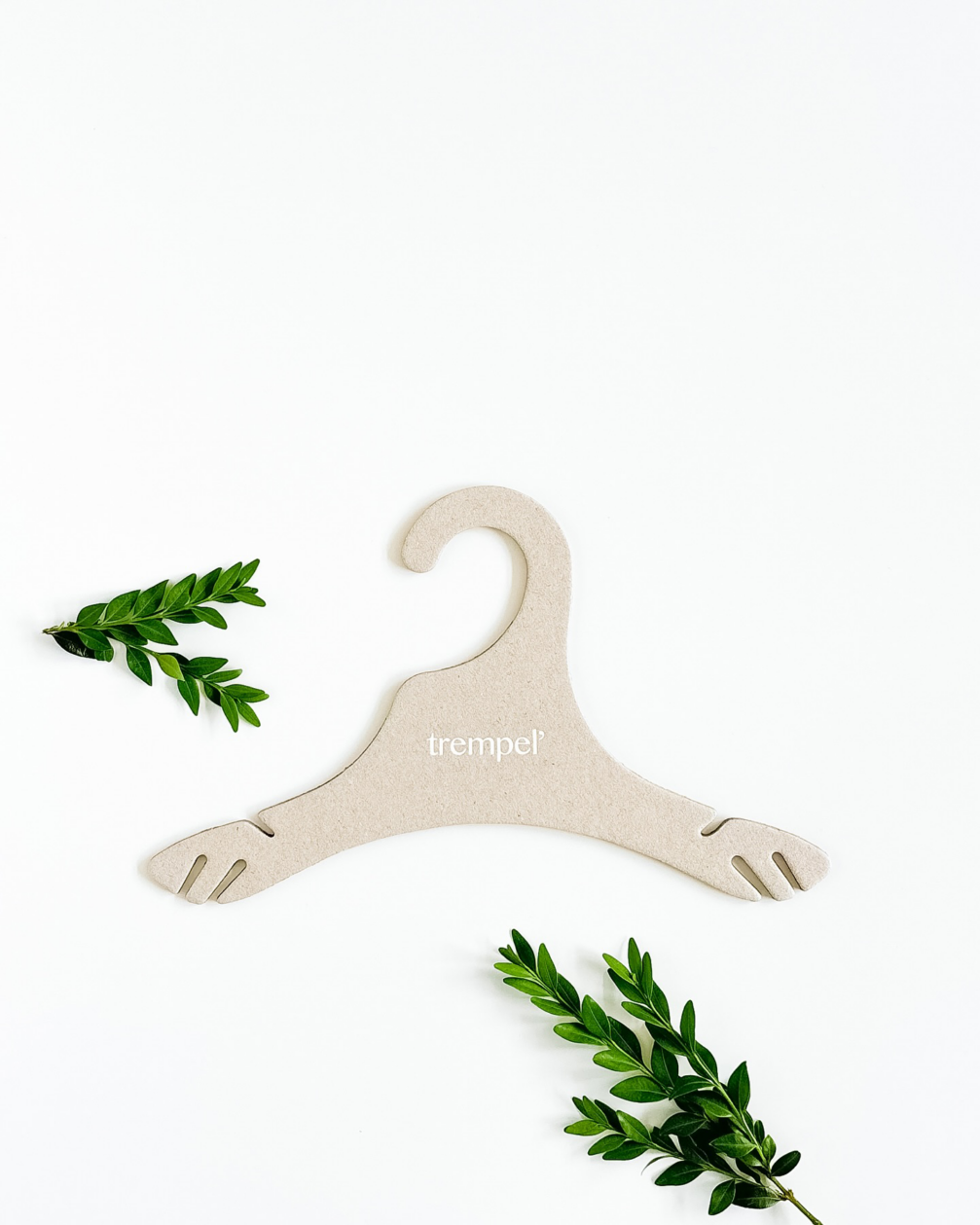
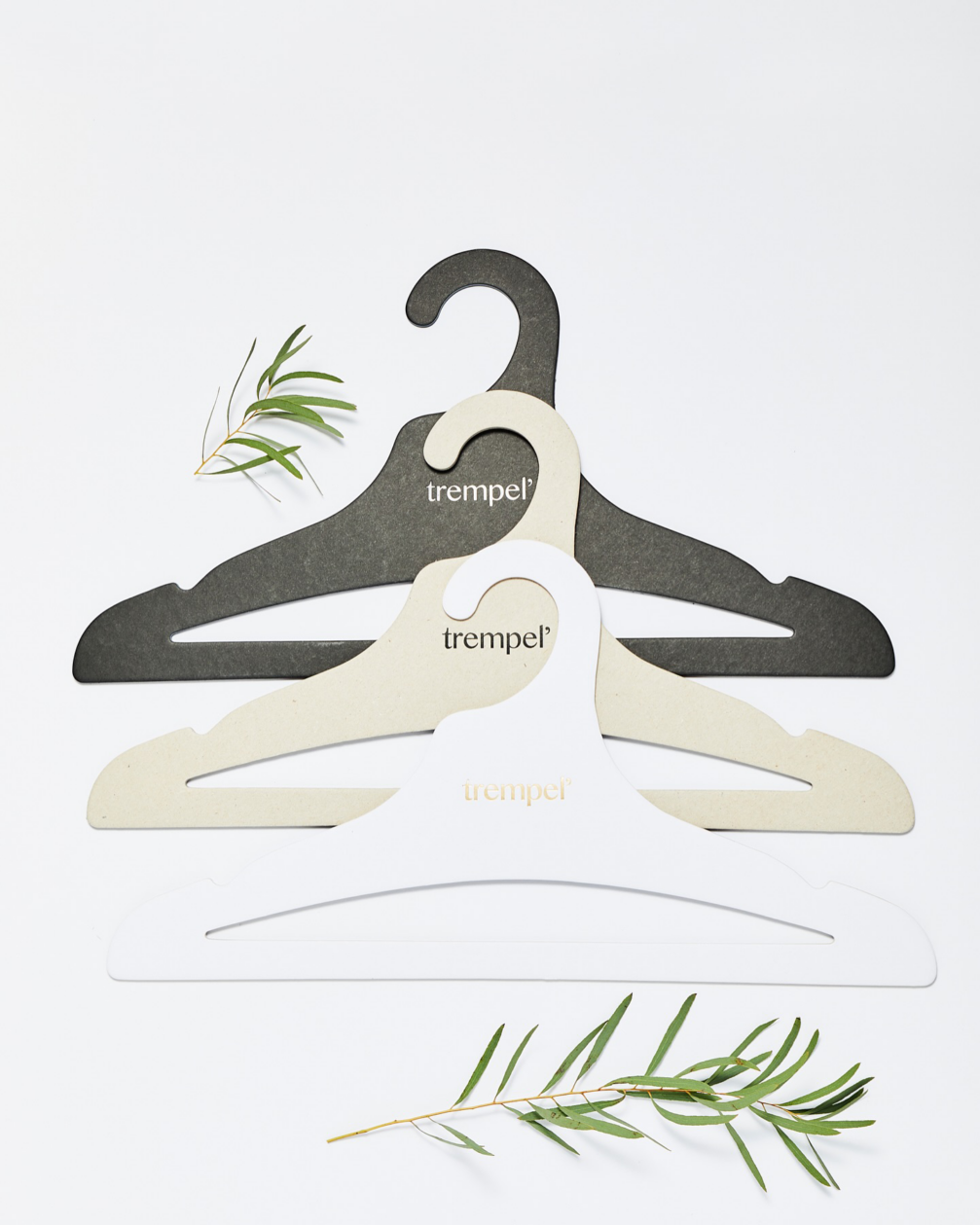

The idea for a new clothes hanger came to Aleksandrs in 2016 by pure chance. While walking through a supermarket, he noticed the unattractive plastic clothes hangers and decided that their design could be improved. As a newly established designer, Aleksandrs initially sought to enhance the aesthetic qualities of hangers, but over time, he realised that appearance alone could not be the starting point for a new product. Remembering the words of his tutor, designer Guntis Glūdiņš — «the most important question is what for» — Aleksandrs began a thorough research process. He visited shops to survey sales assistants and identify the key problems associated with hangers.
It turned out that shops had to purchase new hangers nearly every year because they wore out quickly — the lacquer on wooden hangers tended to peel when they fell, and plastic hangers deformed over time. Furthermore, shops had to pay for hanger disposal. Traditional wooden or plastic hangers take up a lot of space, both in storage and on display racks. Aleksandrs discovered that most clothes hangers were offered by manufacturers from China and India, and whole containers had to be ordered — a volume unnecessary for small businesses, making hanger customisation difficult.
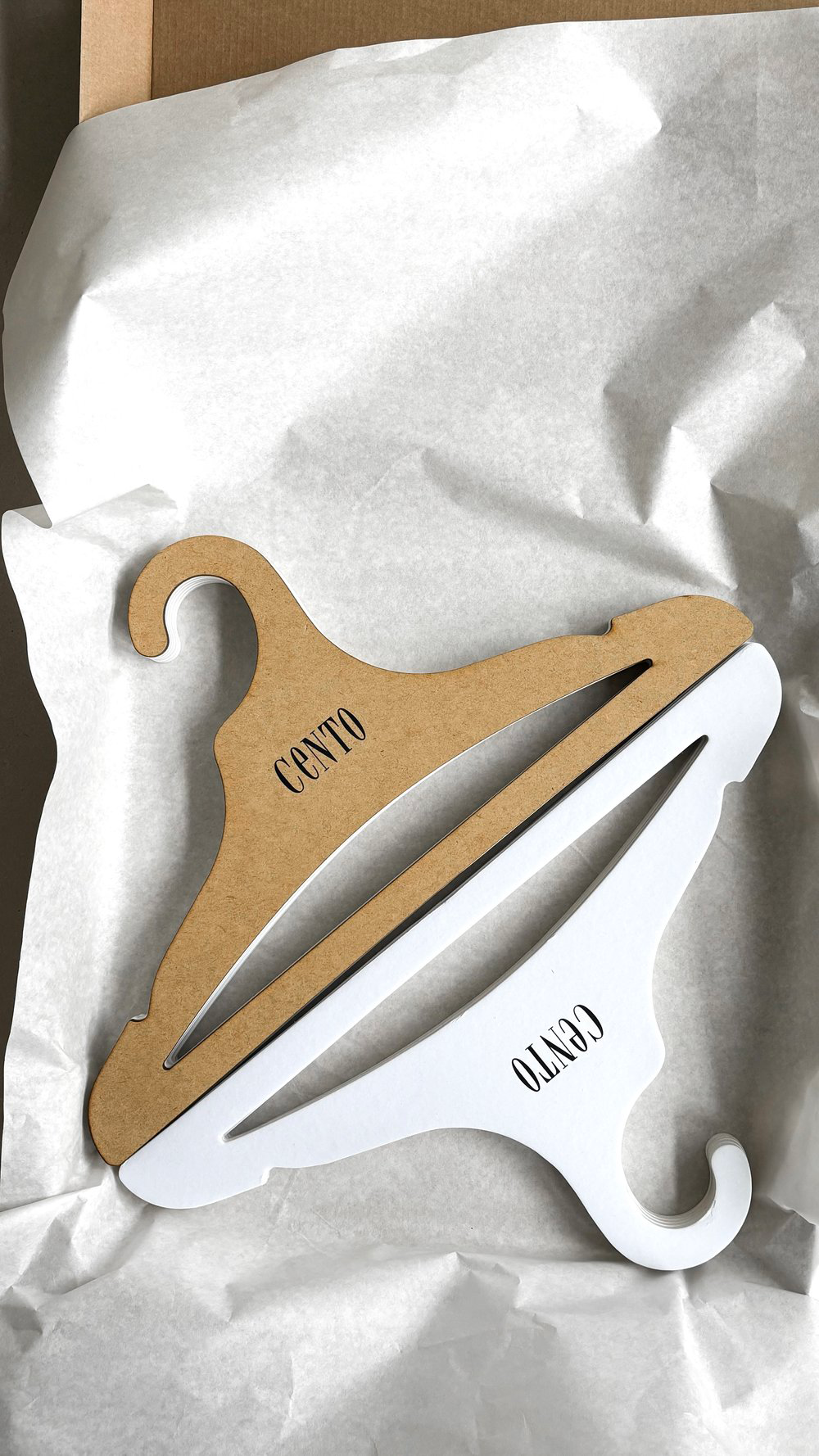
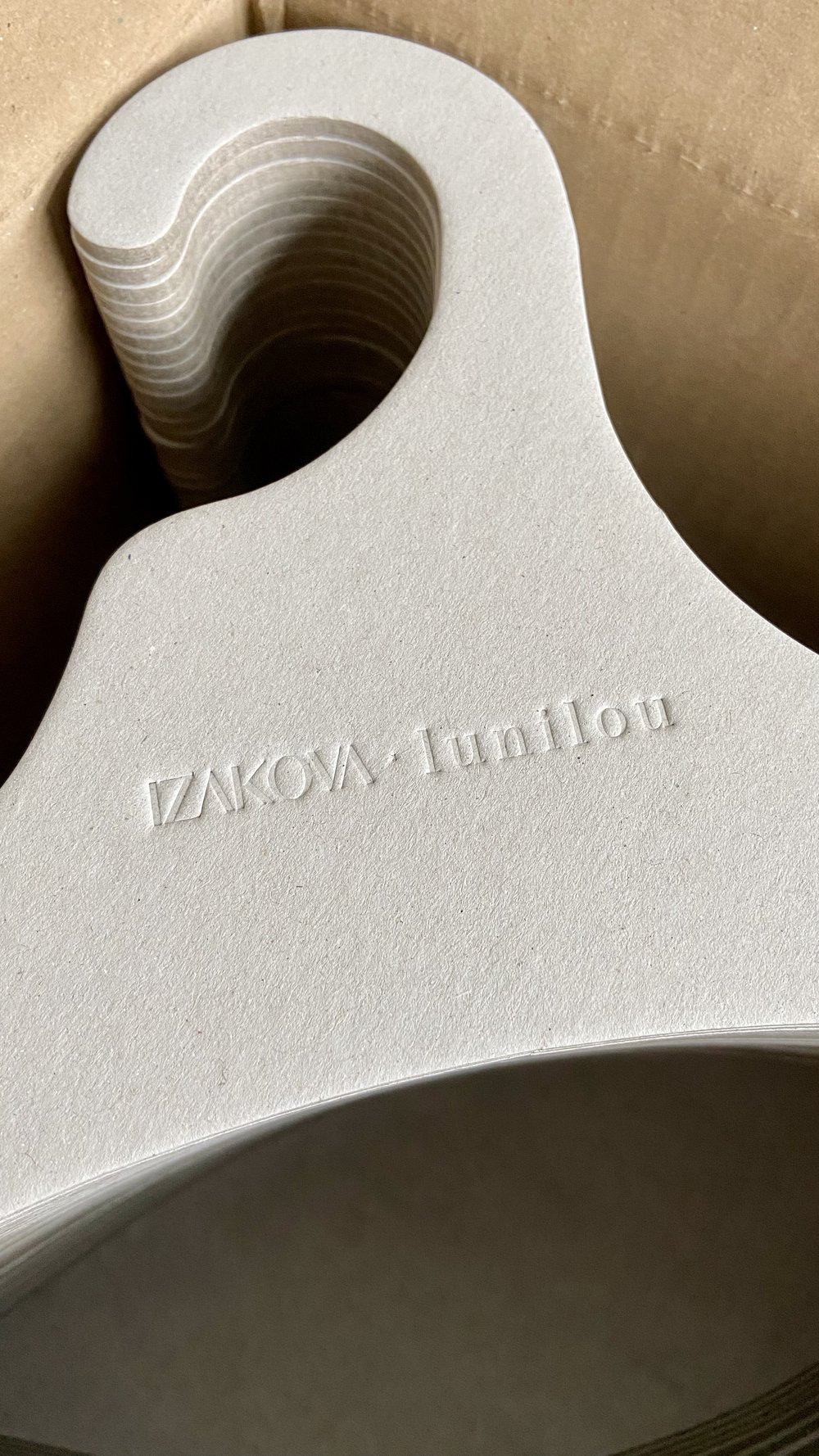
In 2018, after extensive research, Aleksandrs decided he wanted to make hangers from cardboard. «Many people think our hanger is just a flimsy piece of paper that’s not worth the price,» Aleksandrs laughs. «While one might assume cardboard isn’t a durable material for a hanger, Trempel products are actually very sturdy — perhaps even too sturdy, as customers don’t need to replenish their stock as often.» The hangers are made from 4 mm thick laminated cardboard, produced in the Netherlands entirely from recycled cardboard. After selecting the right material, the next challenge was to find a place where the hangers could be die-cut. This task was undertaken by the manufacturer Baltkartons, with whom Aleksandrs still collaborates.
The designer put a lot of thought into the shape of Trempel. The rounded corners protect clothes from stretching, while the hook is positioned to minimise stress on the hanger. One of the most important features of Trempel is the neck section — it’s designed to accommodate brand logos and makes the hanger sturdier while giving garments an attractive drape. «Clothes look more expensive on our hangers,» Aleksandrs notes. «Shops often focus on the interior design and atmosphere, but not on the hangers. I’ve realised that hangers are actually the most important thing in a shop because it’s what shows the clothes.» Aleksandrs explains that he also spent a long time finding the right shoulder slope, which would make clothes look good while allowing the hangers to be packed in boxes as compactly as possible. Clients in large cities are pleased with the extra storage space as a hundred Trempel hangers can fit into a 34 x 34 x 20 cm box weighing 6 kg, while traditional hangers would require a refrigerator-sized box. The compact Trempel profile also allows more garments to be displayed on shop racks.
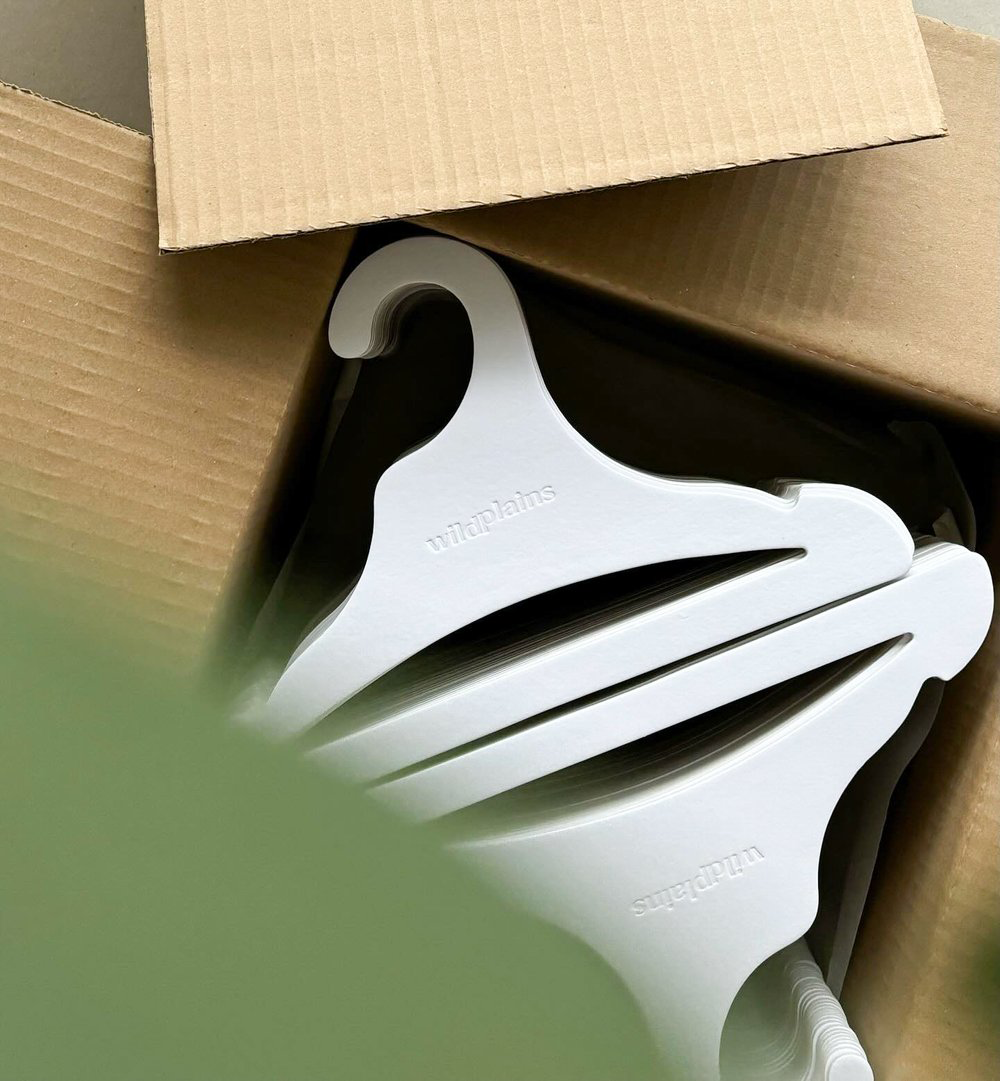
The design of Trempel is continuously evolving, and the fourth generation of hangers is already available. The original design has been enhanced with various functional details, such as notches for hanging garment loops and a horizontal bar for clips. Separate models are being developed for children’s clothes, underwear, and accessories. The smaller hangers are made from cardboard scraps to maximise material usage.
Demand for sustainable products is growing, and Aleksandrs hopes that more brands, particularly Latvian manufacturers, will choose Trempel products. This year, the company can be proud of a special collaboration — their cardboard hangers were chosen for Billie Eilish’s clothing line pop-up stores in New York, Tokyo, and Mexico City. Aleksandrs notes that this partnership is a testimony to the product’s value and quality: «People now see Trempel’s price, material, and quality differently. If Billie bought it, it must be good.»
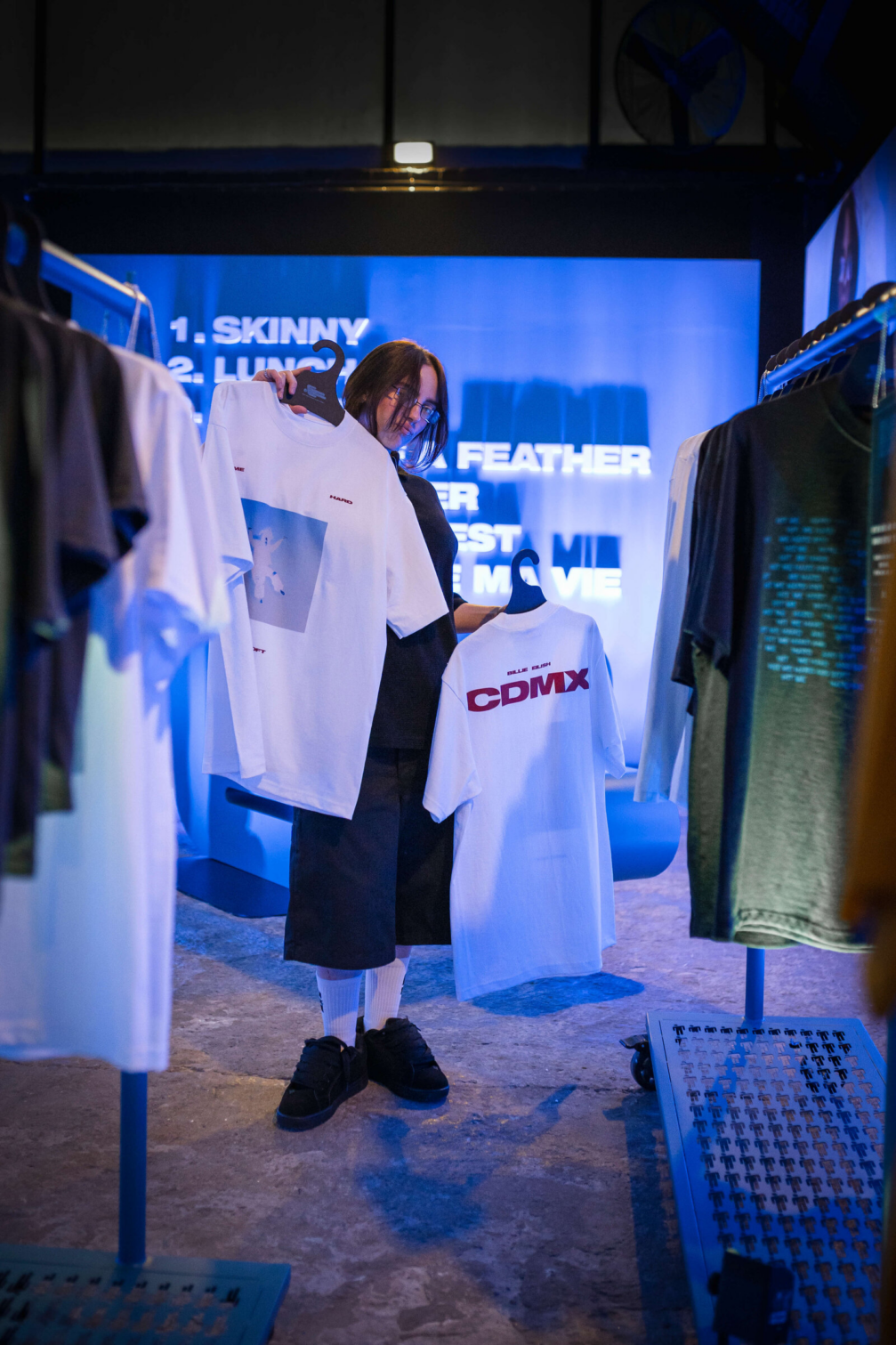
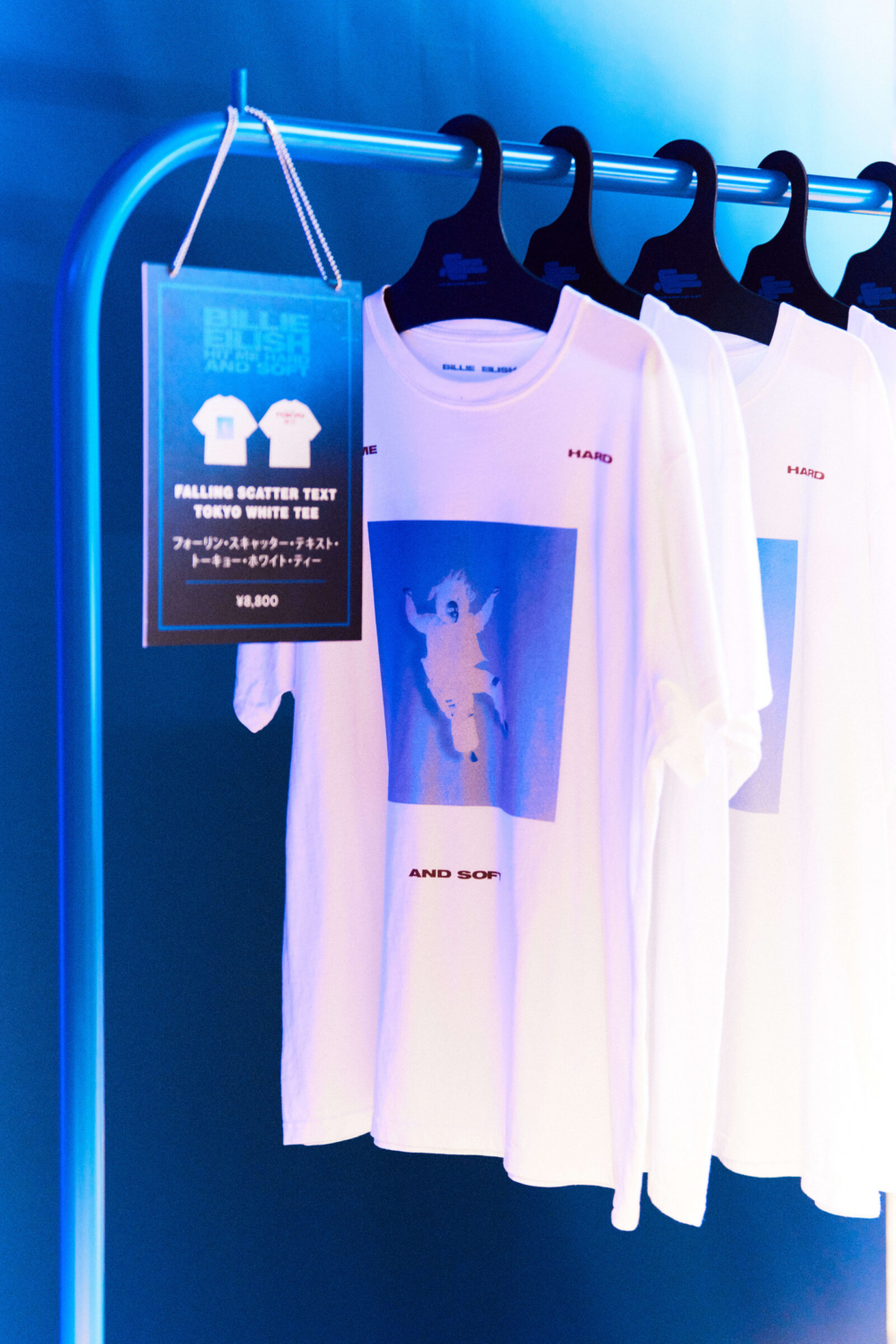
In addition to cardboard hangers, Trempel also offers models made from high-density wood fibreboard and 3D-printed hangers made from recycled plastic. The Trempel team has been working on the 3D-printed hanger for some time, as it was important to find the right shape and weight while also reducing the cost. When asked about the future plans for Trempel and the search for new materials, Aleksandrs reveals that the next step in the company’s development is to find a way to offer a cheaper cardboard hanger, which could be used by dry cleaners and lower-end shops. This would require a completely different hanger design and type of cardboard.
For more information about Trempel products, visit the brand’s website.
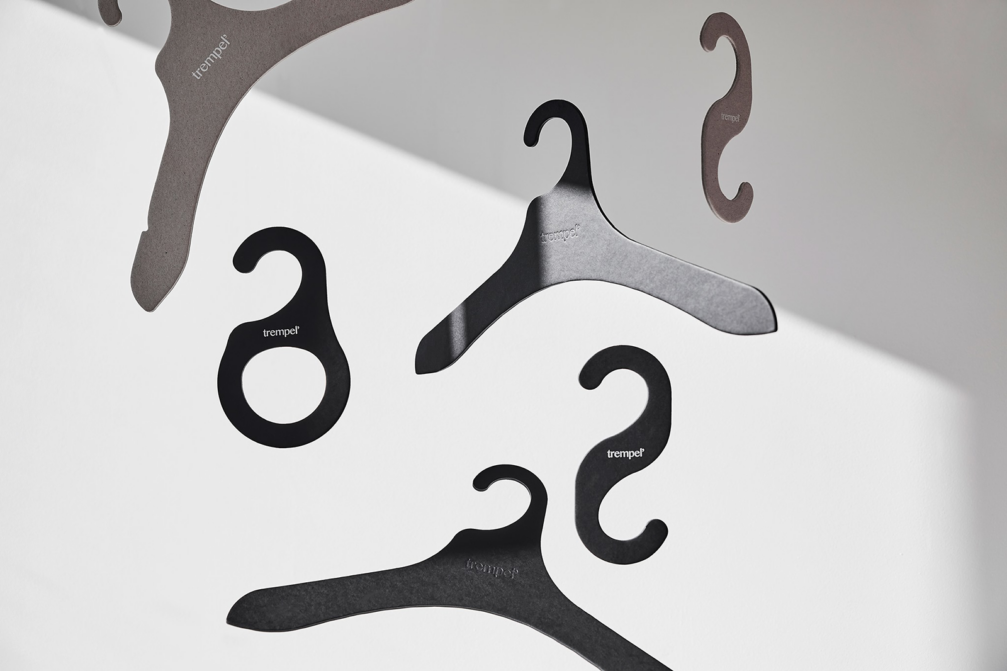
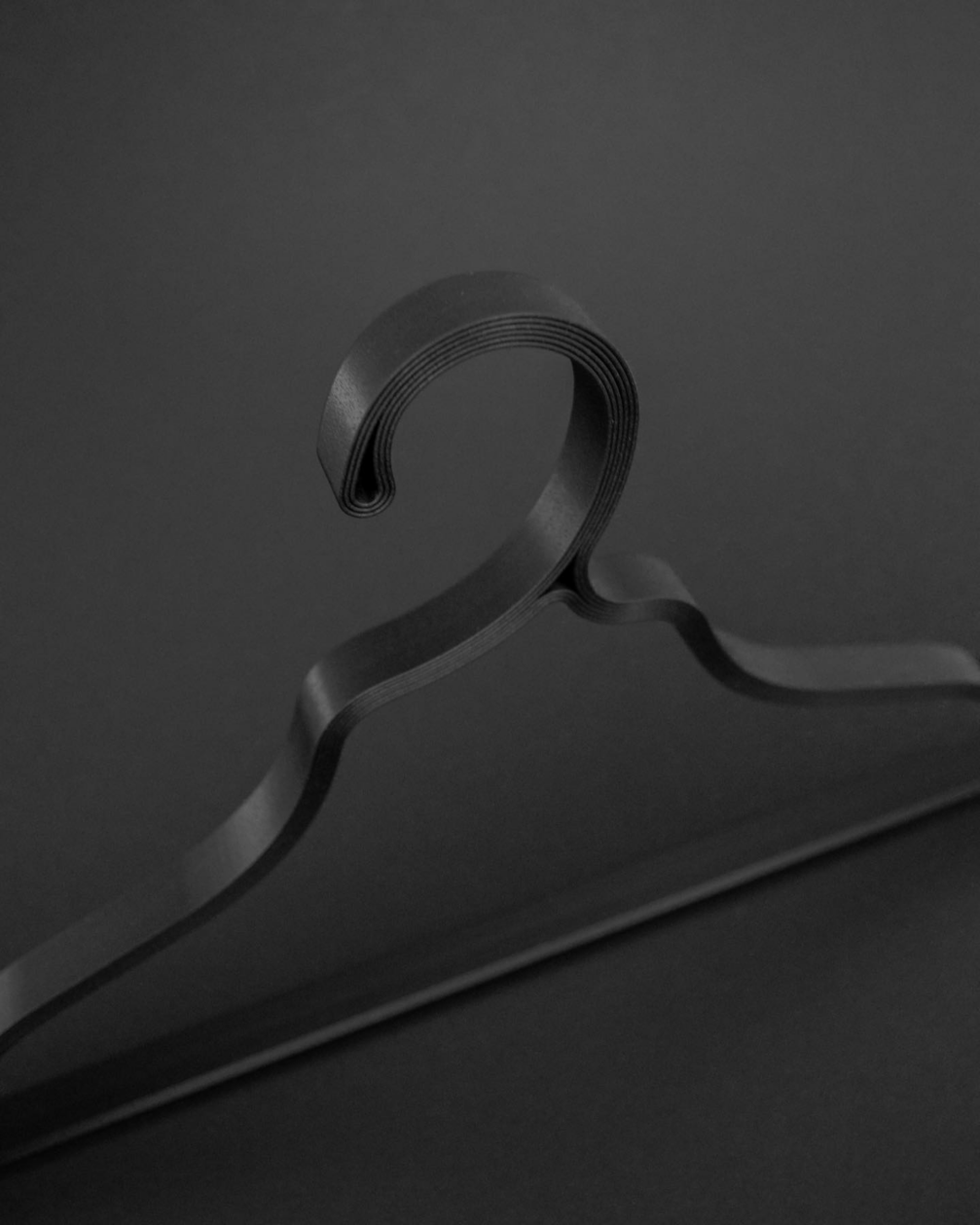
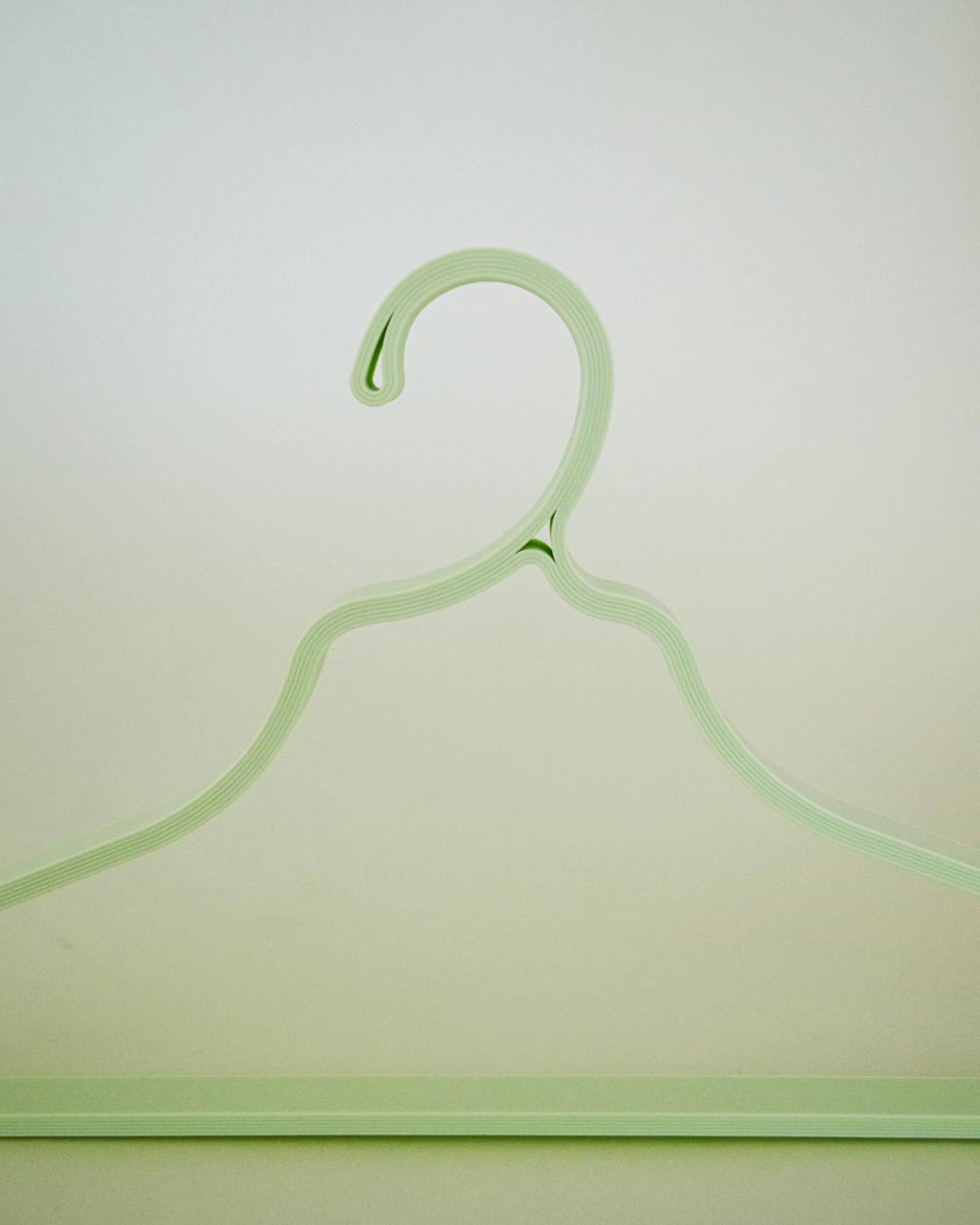
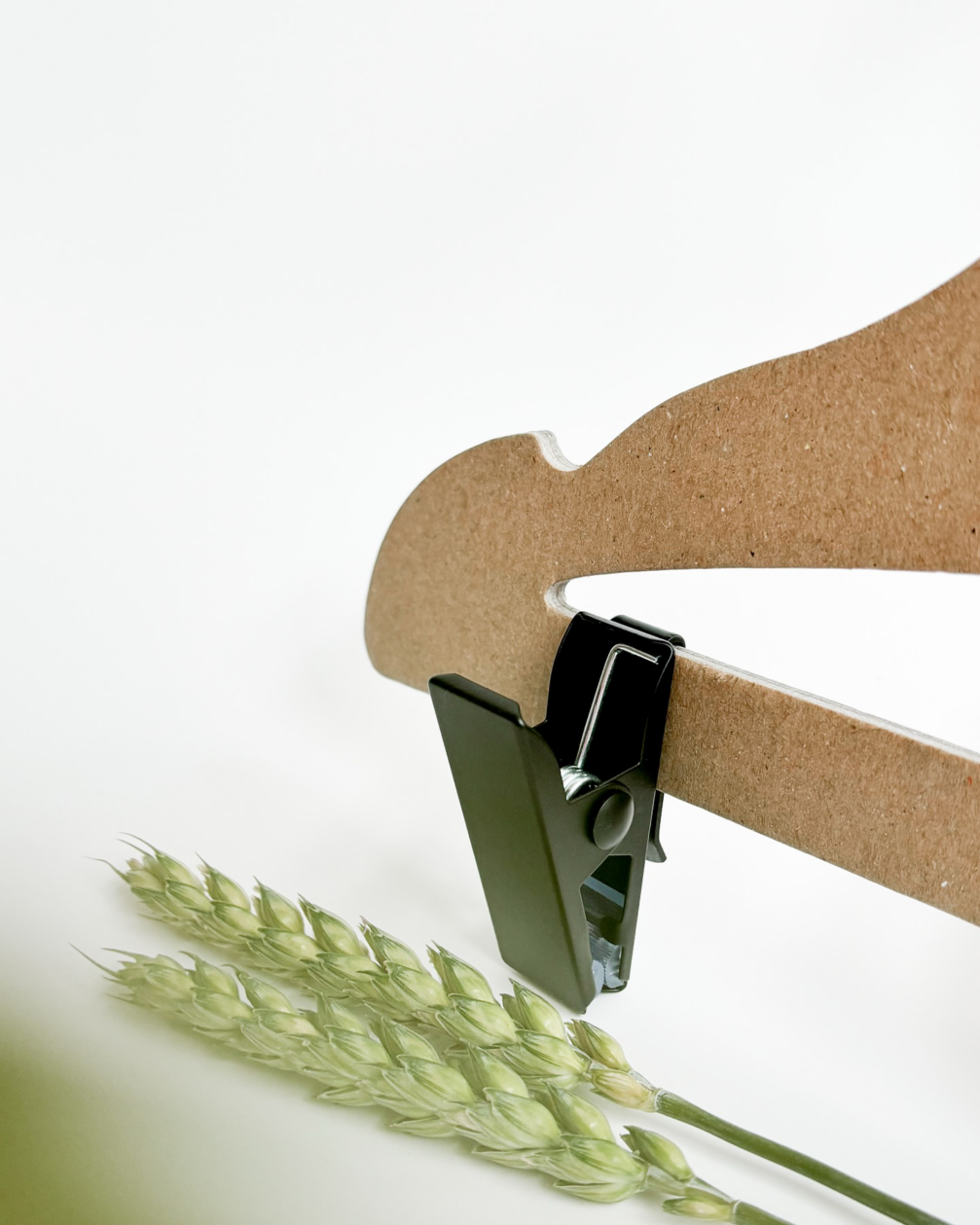
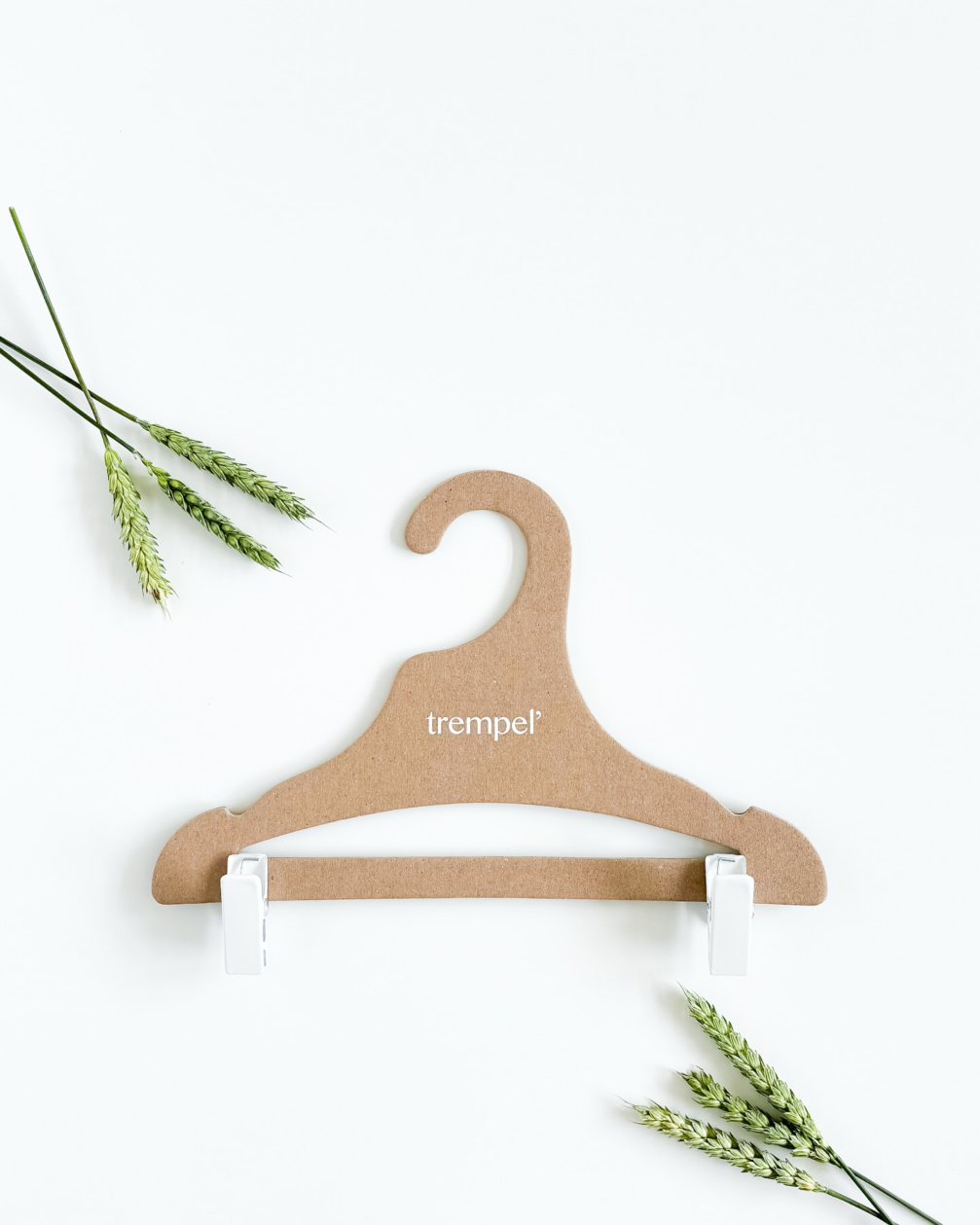


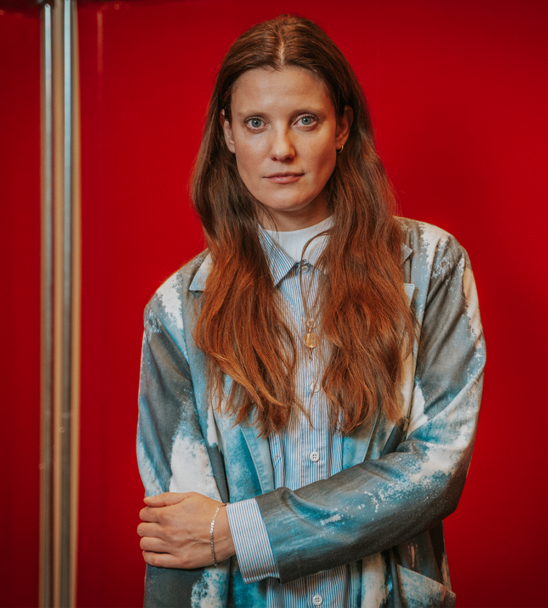
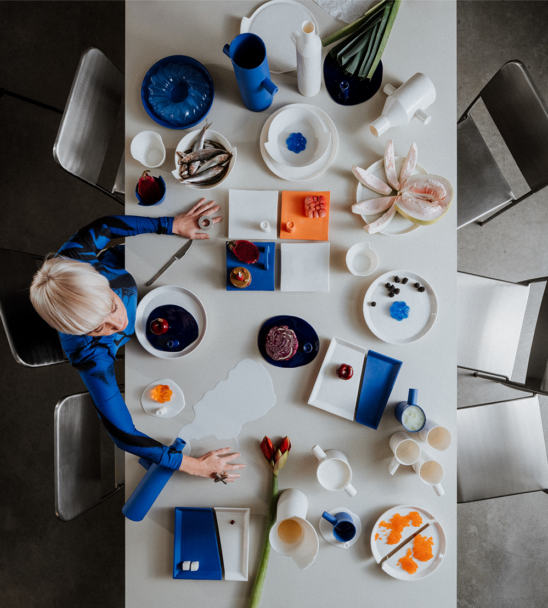
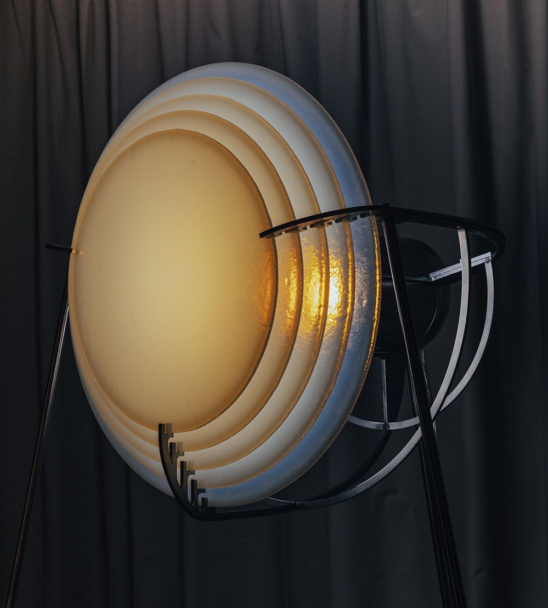
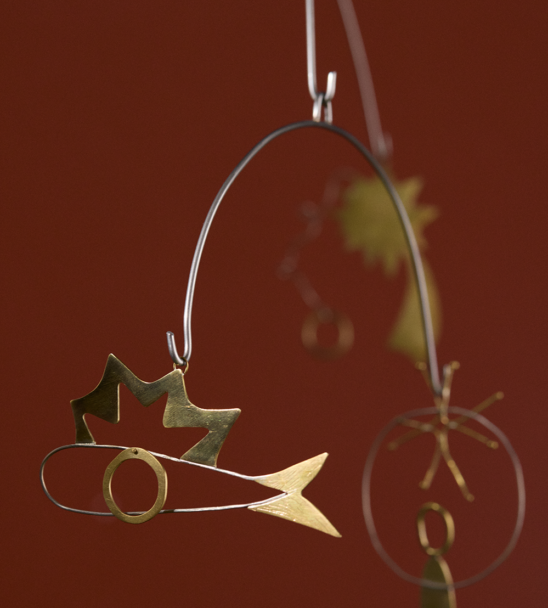
Viedokļi